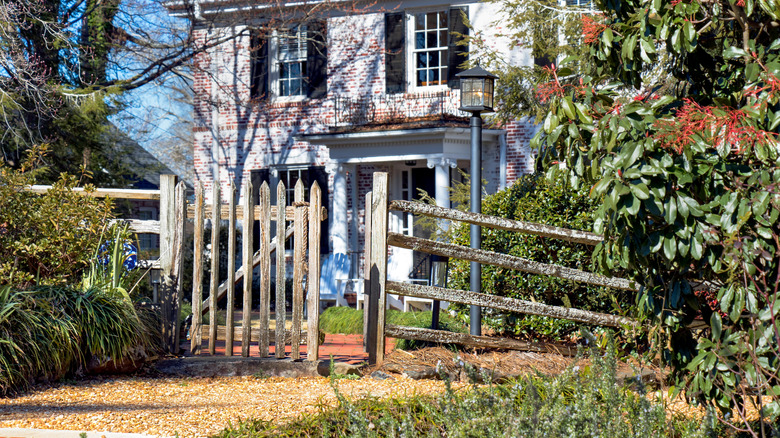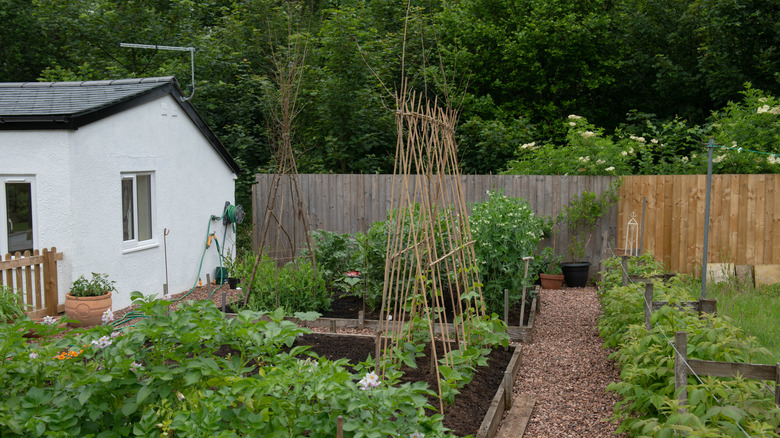How To Choose The Best Type Of Gravel For Gorgeous Garden Walkways
Garden pathways winding through your landscape beds transform your outdoor space, inviting you to meander through the greenery. But the type of rocks you use on those walkways makes a big difference in both the look and functionality of the paths. When choosing the best type of gravel for gorgeous garden walkways, pea gravel is among the most popular options. This small, round, smooth gravel can be used to create an outdoor oasis in your garden.
Pea gravel offers several benefits for use on a garden walkway, which may help sway you toward using this option. Because the gravel is small and light, it is easier to move and install. Once installed, this type of gravel is low maintenance and helps prevent erosion and control weeds.
If you decide to create a walkway with pea gravel, there are some drawbacks and things to watch out for. The gravel will need to be refilled every four to five years, and snow removal can be challenging on a gravel walkway. Keep in mind that pea gravel can move or get washed away, which could leave you with bare spots and ruts that require expensive repairs. Using a binding agent, such as gravel glue, permeable paver grids, or a border of stone, brick, or pavers along the walkway, can prevent your pea gravel from washing away.
Installing and styling your pea gravel walkways
Pea gravel is ideal for walkways because to its aesthetic appeal and affordability. Due to its small size and smooth surface, pea gravel is also easier on the feet, which makes it a good option for garden paths. The gravel is available in a range of colors so you can pick the perfect pea gravel color for your walkway. The color difference is due to the mineral content, and color options range from lighter neutral shades of beige, white, tan, and light gray to deeper hues of brown, charcoal, and black.
The color of the gravel and configuration of the walkway set the tone for the landscape. Selecting a color that complements the surrounding landscape and the exterior of your home will help you create a cohesive landscape design. In high-traffic areas, darker colors hide dirt better than white or light gray gravel. Using one color for the walkway and another for the surrounding landscape beds adds contrast and interest to your garden.
The lighter weight of pea gravel makes it perfect for a DIY walkway installation. You will need a base layer before installing the pea gravel to help improve stability and drainage and to prevent weed growth. Landscape fabric can be used for weed control, and a base layer of sand or stone helps ensure stability. Reasons to consider using sand under your pea gravel include providing greater stability, more effective drainage, and better weed control. Use about 2 inches of base material and at least 2 inches of pea gravel to ensure sufficient coverage.

